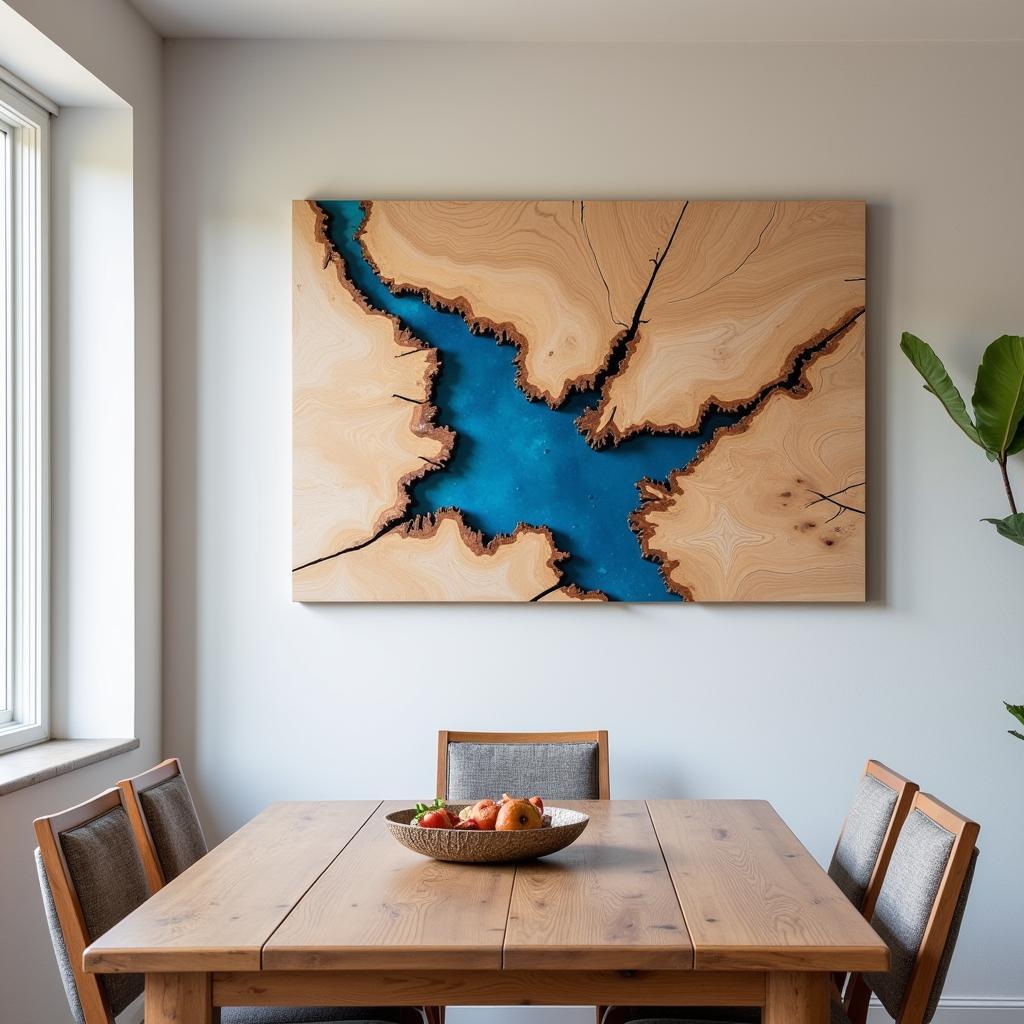Art Transparencies: Unleashing Creative Possibilities in Digital Art
Art Transparencies, a revolutionary concept in digital art, have revolutionized the way we create and experience visual masterpieces. By embracing the concept of transparency, artists can unlock a whole new world of creative possibilities, layering and blending elements to achieve stunning visual effects.
Unveiling the Power of Art Transparencies
Art transparencies essentially refer to the ability to control the opacity of digital elements, allowing for seamless blending and layering. Imagine layering vibrant colors, delicate textures, or intricate patterns while preserving the underlying details. This opens up endless possibilities for creating depth, dimension, and ethereal beauty in your digital artworks.
The Essence of Transparency: A Gateway to Artistic Expression
Transparency empowers artists to explore a wide range of visual effects. By manipulating the opacity of various layers, artists can achieve:
- Subtle Depth: Create a sense of depth and dimension by layering transparent elements, making objects appear closer or further away.
- Ethereal Blending: Blend colors and textures seamlessly, resulting in a soft, dreamlike effect.
- Layered Complexity: Build intricate compositions by stacking transparent elements, revealing hidden details and creating a sense of visual depth.
- Dynamic Movement: Use transparency to suggest movement and flow, giving your artwork a dynamic and captivating feel.
Exploring Transparency Techniques
There are several techniques to utilize transparency in your digital art, each offering unique opportunities for expression:
1. Layer Blending Modes:
- Multiply: Darken underlying layers by blending colors.
- Screen: Lighten underlying layers by blending colors.
- Overlay: Blend colors based on the lightness or darkness of the underlying layer.
- Soft Light: Create a subtle and natural blending effect.
- Hard Light: Create a more pronounced and intense blending effect.
2. Brush Opacity Control:
Adjust the opacity of your brushes to create smooth transitions and blend colors seamlessly. You can even use a variety of brushes with different opacity levels to achieve unique effects.
3. Gradient Masks:
Create smooth transitions between different areas of your artwork using gradient masks. This technique allows you to selectively reveal or hide specific areas of your image, creating a visually appealing effect.
The Impact of Art Transparencies: Beyond Visual Aesthetics
Art transparencies are not simply a visual effect but a tool that can significantly enhance the overall impact and meaning of your artwork. Here’s how:
- Emotional Depth: By subtly layering elements and controlling transparency, artists can create a sense of emotional depth, inviting viewers to delve deeper into the artwork.
- Storytelling: Transparency can be used to reveal hidden narratives or details, subtly guiding viewers through the story unfolding in the artwork.
- Symbolic Representation: Transparency can be employed to symbolize various concepts, such as fragility, illusion, or the interplay between visible and invisible forces.
“Transparency is like a whisper in the wind, adding a subtle yet profound layer of depth to an artwork,” shares renowned digital artist, Emily Carter.
Frequently Asked Questions:
Q: What software can I use to create art transparencies?
A: Many digital art software programs, including Adobe Photoshop, GIMP, and Krita, offer powerful tools to control transparency and create stunning effects.
Q: Are there any specific techniques for using art transparencies in different art styles?
A: Yes! For example, in abstract art, transparencies can be used to blend colors and create dynamic, fluid forms. In realism, they can be used to create subtle depth and atmospheric effects.
Q: Where can I find inspiration for using art transparencies?
A: Explore online galleries and art communities, or study the works of digital artists who use transparency effectively. You can also experiment with different techniques and styles to find what resonates with you.
Conclusion
Art transparencies are a powerful tool that allows artists to push the boundaries of digital creativity. By mastering the art of transparency, you can unlock a world of possibilities, creating stunning visuals and conveying profound emotions. Embrace transparency as a canvas for your imagination and let your creative vision shine through.


